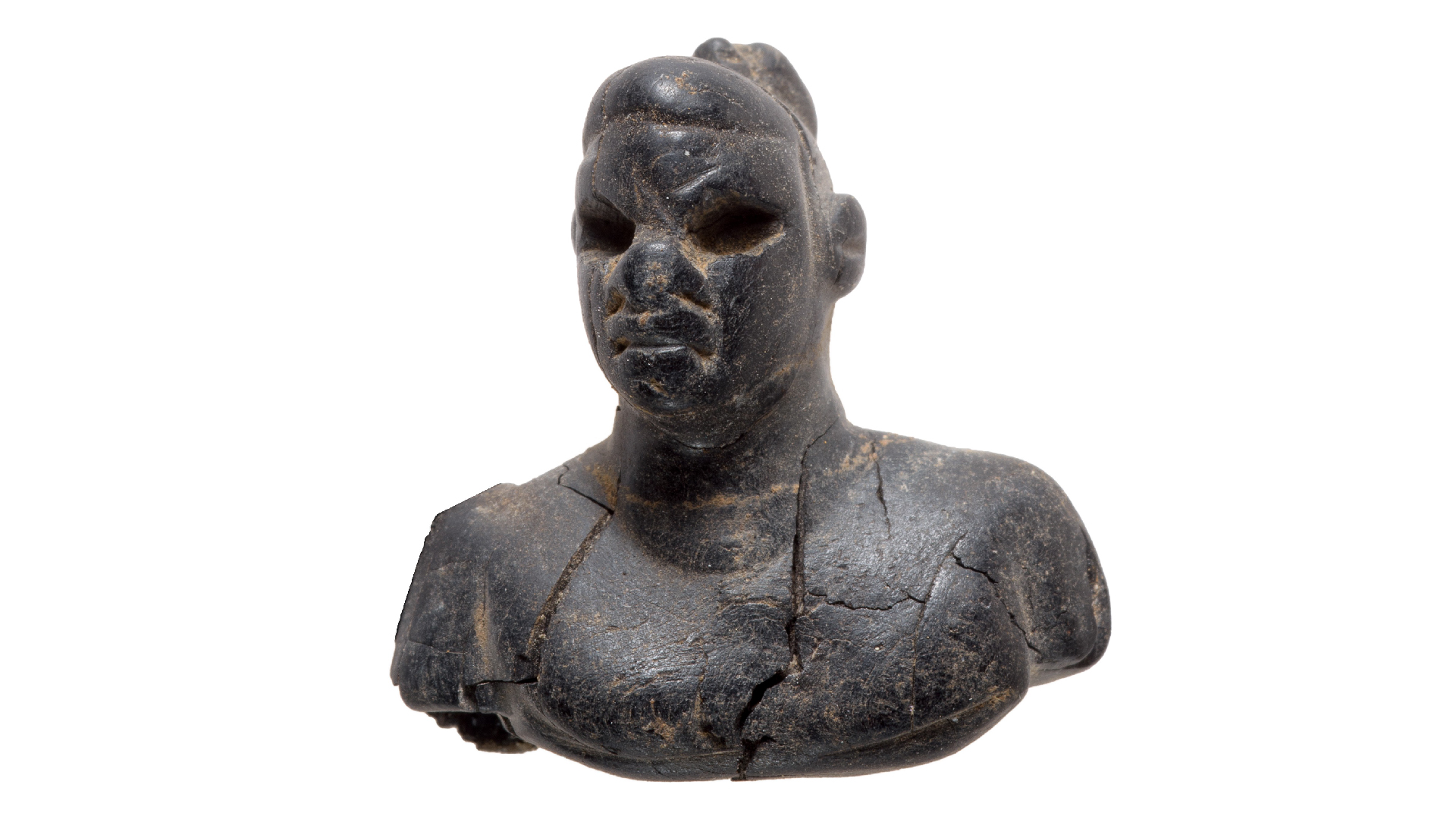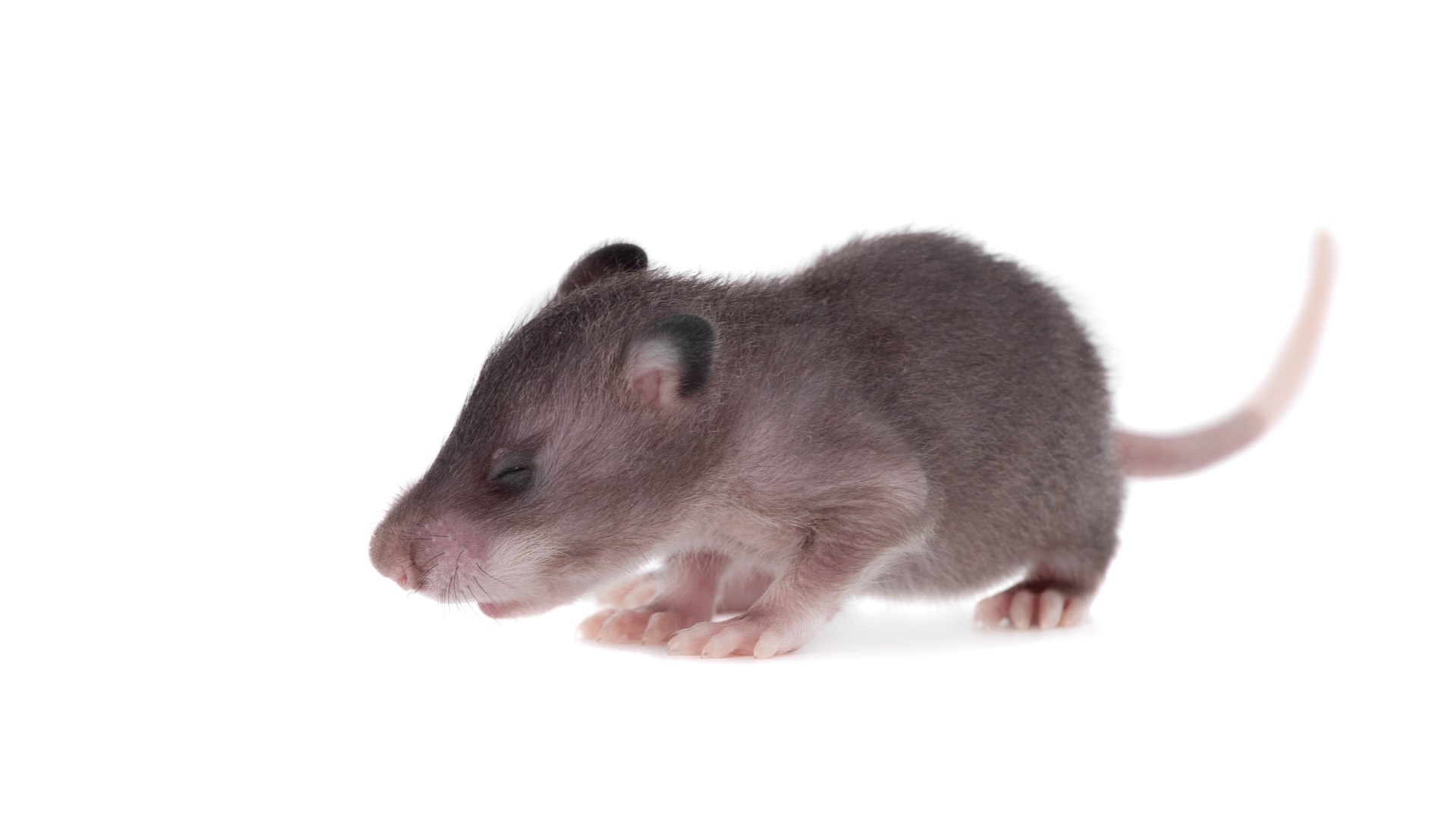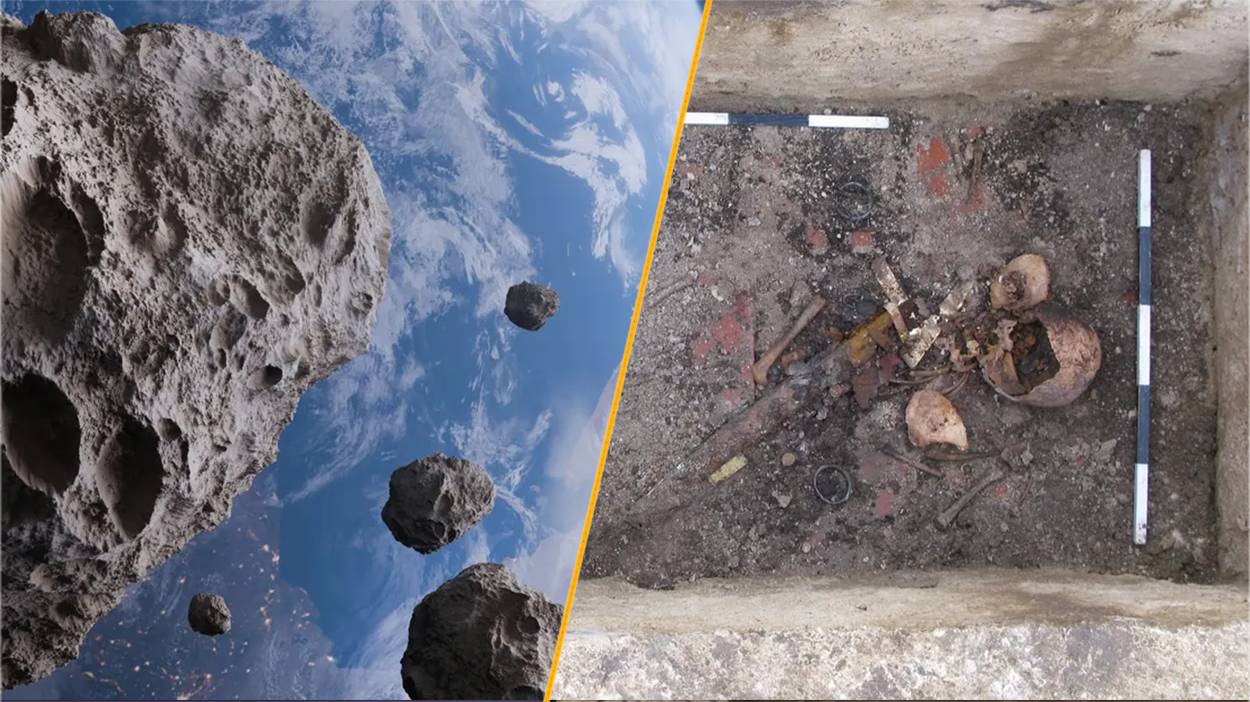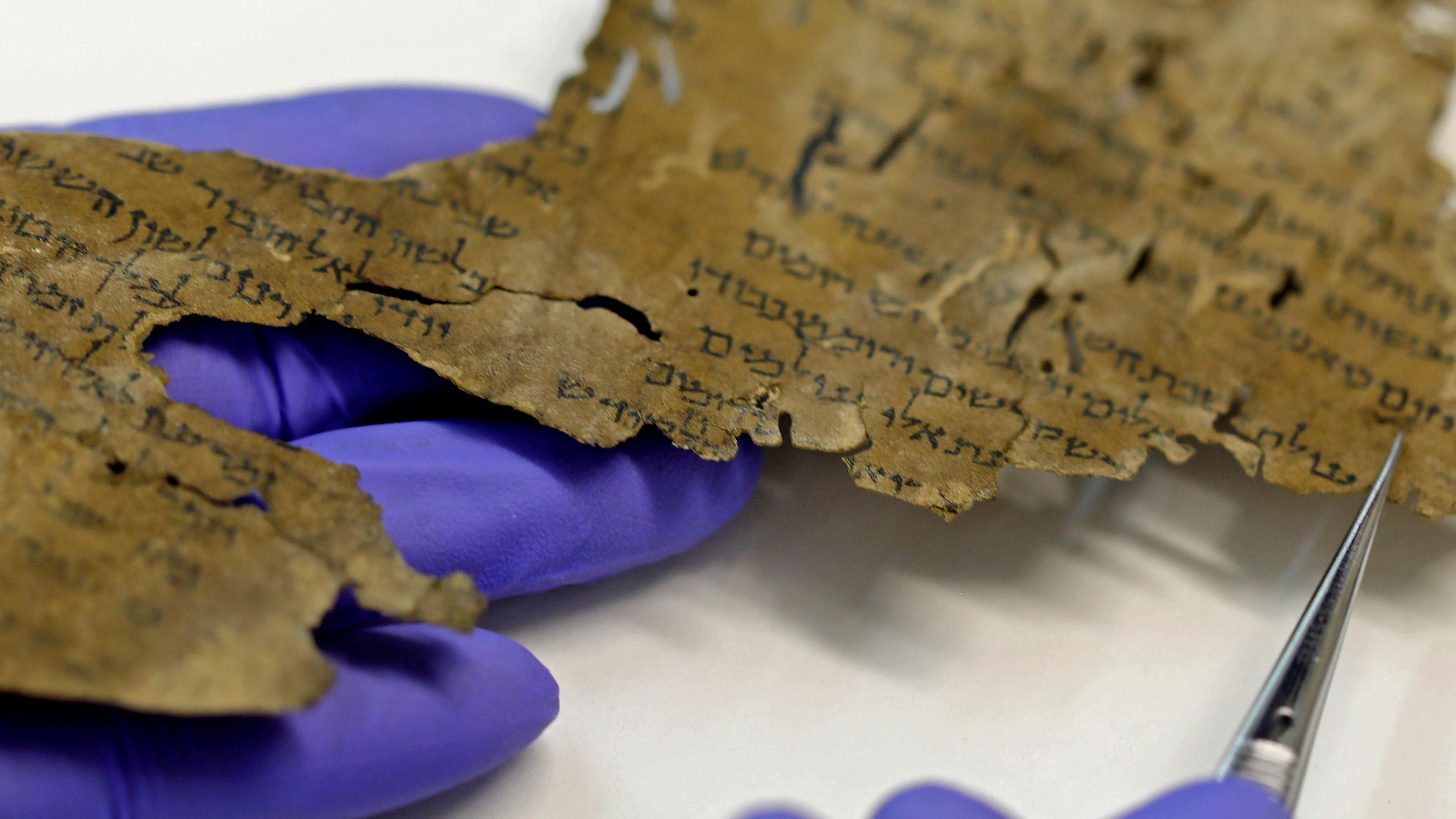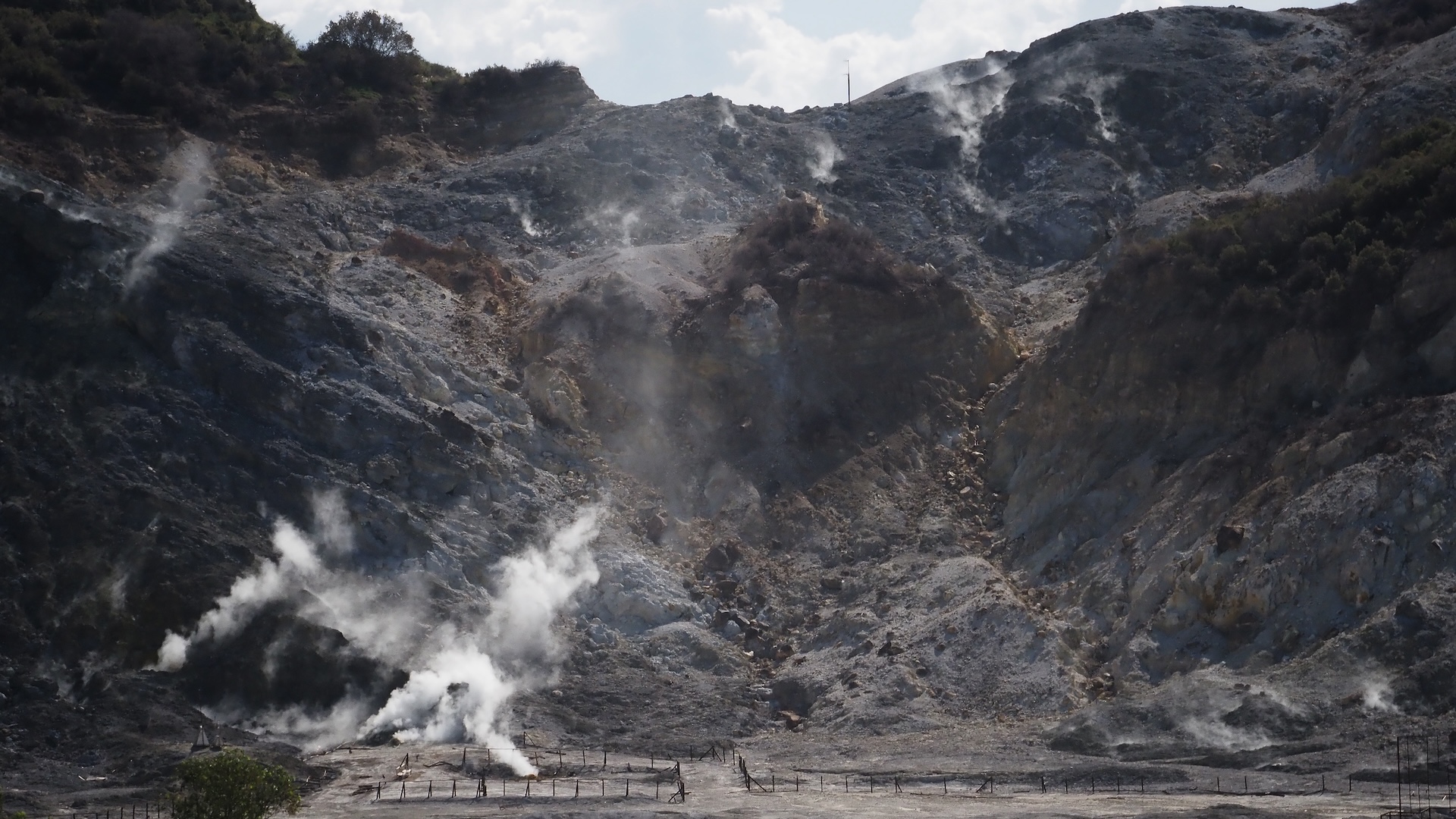Archaeologists in Israel have unearthed three 1,500-year-old Christian burials that contain very rare figurines crafted from ebony and bone and depict people from Africa.
The figurines — which were likely worn as pendants — might depict these individuals’ ancestors, researchers wrote in a new study, which was published in the most recent 2025 issue of the journal ‘Atiqot. It’s possible that the buried individuals or their ancestors were Africans who had converted to Christianity and then moved to the Negev, the researchers wrote.
“The figurines show that a Christian community lived in the south of the country about 1,500 years ago, possibly with some of its members coming from Africa,” the researchers said in a statement from the Israel Antiquities Authority.
The three burials, which held the remains of two women and one child, were found within a cemetery near the archaeological site of Tel Malḥata in the northeastern Negev. The cemetery dates to the Roman-Byzantine period and has many cist, or stone-lined graves.
Archaeologists have been excavating Tel Malḥata since the 1970s and have found artifacts showing that the site has been occupied off and one since the Middle Bronze Age (2000 to 1500 B.C.). During the early Roman period, the site had a fortress or fortified mansion, which later became “a central settlement and an administrative capital” during the Roman-Byzantine period, the researchers wrote in the study. Various papers have noted that the site sat on “an important trade crossroads through which passed luxury goods from Arabia and beyond,” the team wrote in the study.
Related: Ancient Egyptian queen’s bracelets contain 1st evidence of long-distance trade between Egypt and Greece
Trade likely brought the ebony to the individuals. Ebony is a black wood, which in this case came from the Ceylon ebony (Diospyros ebenum), a slow-growing tree from southern India and Sri Lanka.
The Byzantine Empire began trading with India and Sri Lanka in the fourth century A.D., which provided the empire with plants, spices, cotton, silk and ebony, the researchers noted. The burials date from the sixth to seventh centuries A.D., a few centuries after this trade started.
Mother-child burial
Of the five figurines analyzed, three are made from bone and two from ebony. While bone figurines were “common from the Neolithic period onward, and used in domestic rituals as well as in burials,” the team wrote in the study that “ebony figurines are very rare.”
Even though the deceased were buried in Christian-style burials, “it is possible that the figures represent ancestors, and thus they reflect traditions passed down from generation to generation — even after the adoption of the Christian religion,” the researchers said in the statement.
One cist tomb held a woman who died between the ages of 18 and 21 and who had several grave goods: glass vessels, a bronze bracelet and a bone figurine depicting a woman, the researchers reported.
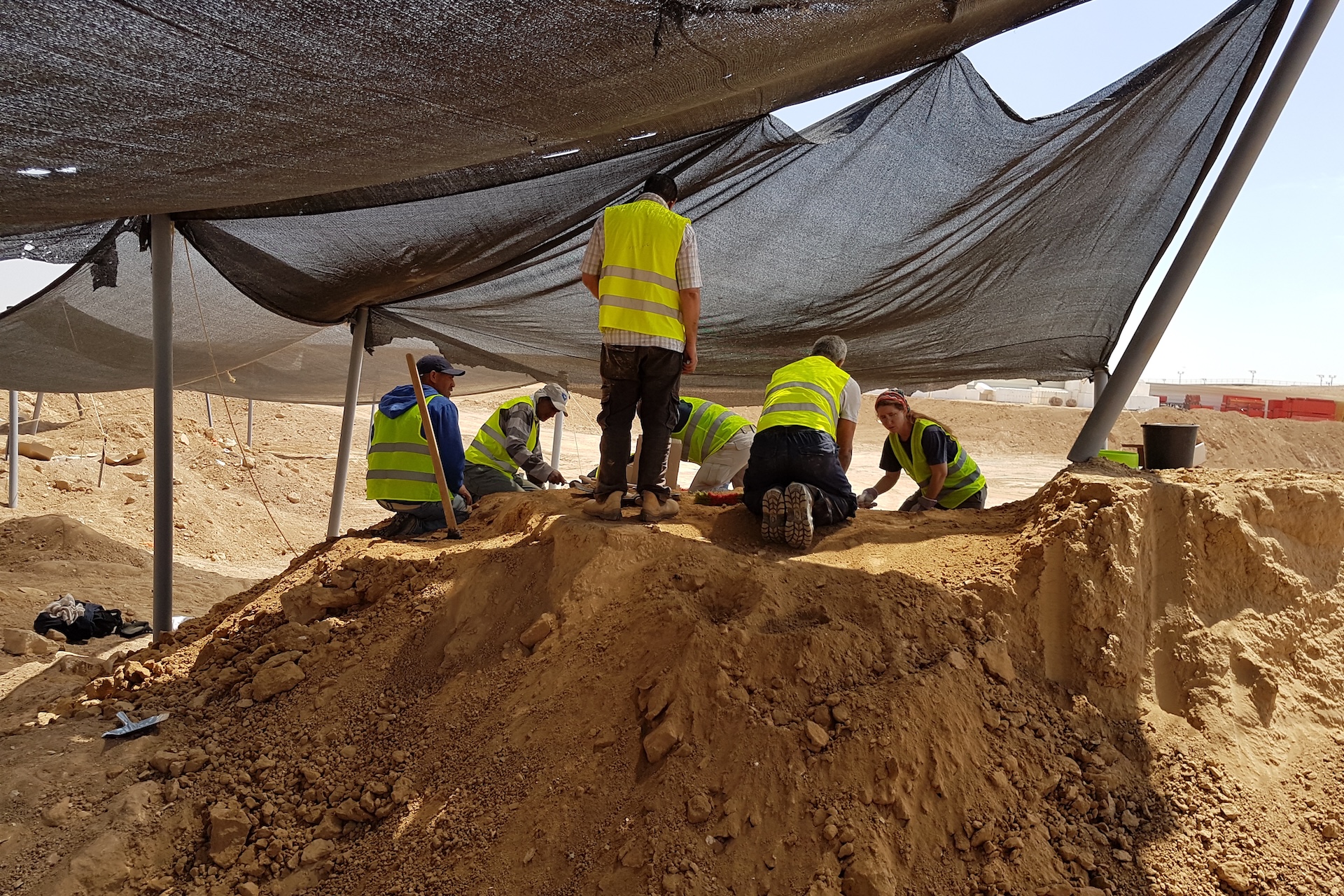
Another cist tomb held a woman who may have been slightly older — she died between the ages of 20 and 30. She was buried with two alabaster jars and several grave goods, including one bone figurine showing the “upper part of a female body” and one ebony figurine that “depicts a very detailed face of a female, with typical African features,” the researchers wrote in the study.
The last cist tomb held the remains of a 6- to 8-year-old child who was buried with bronze jewelry and two figurines — one made of bone and one of ebony. The ebony pendant “shows a very detailed face and torso of a male figure, with typical African features,” the researchers wrote in the study. “The figurine has long hair, and possibly represents an ancestor of the deceased.”
The ebony pendants in the woman’s and child’s graves are similar in size and style, which hints that they were related and were perhaps mother and child, the researchers said.
“It is likely that a woman and a child who were buried side-by-side, and in whose graves two of the figurines were discovered, belonged to the same family — and perhaps they were even mother and son,” the researchers said in the statement.





